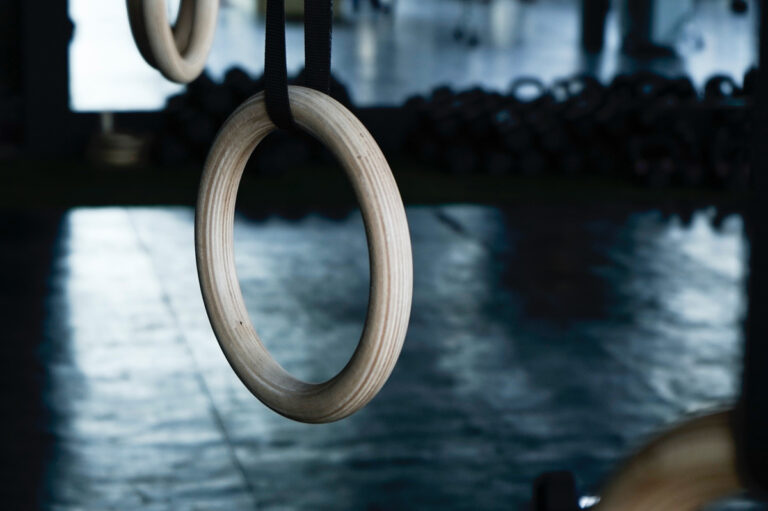Russian gymnast wore a pro-war ‘Z’ insignia next to Ukrainian gold-medal winner

The Russian invasion of Ukraine has shown no signs of slowing down and while international public support for the Ukrainian people continues to rise, there comes an unsettling reality that another nationalist symbol is taking shape.
Ivan Kuliak, a Russian gymnast, has sparked outrage and is due to face disciplinary measures for what the International Gymnastics Federation (FIG) has described as “shocking behaviour.” The 20-year-old athlete who placed third at the Gymnastics World Cup event in Doha, Qatar was seen sporting a Russian war insignia while standing on the podium. What makes the matter even worse, however, is that Kuliak displayed the symbol right next to Ukrainian winner and gold medalist Kovtun Illia.
As the gymnasts stood on their respective podiums, Kuliak’s shirt displayed a prominent letter ‘Z’—a symbol that has been repeatedly seen on Russian military machinery and tanks involved in the invasion of Ukraine. The letter seems to have been used on the gymnast’s shirt in place of the Russian flag which has been banned by numerous sporting bodies including the gymnastics’ governing body.
For the record. It is not just Putin.
— Denis Kazakiewicz (@Den_2042) March 6, 2022
Photo: Russian gymnast Ivan Kuliak at World Cup in Doha shows his support for Russian aggression in Ukraine by wearing a T-shirt with the letter Z on it - the same symbol, Russians mark their armor in Ukraine.
S Unian pic.twitter.com/WYiLH4Lo8I
The incident is to be investigated. In a statement FIG said: “The International Gymnastics Federation confirms that it will ask the Gymnastics Ethics Foundation to open disciplinary proceedings against Kuliak following his shocking behaviour at the Apparatus World Cup.”
“The FIG adopted further measures against Russia and Belarus on 4 March. From 7 March 2022, Russian and Belarusian athletes and officials, including judges, are not allowed to take part in FIG competitions or FIG-sanctioned competitions.”
First spotted on Russian vehicles starting 22 February as part of the on-the-ground invasion of Ukraine, the letter ‘Z’ appears to also have been adopted as an alt-right war cry by pro-Russian nationalists. Insider, in a detailed analysis of the origins and meaning of the letter, cited theories made by Kamil Galeev—a former Galina Starovoitova Fellow on Human Rights and Conflict Resolution at the Wilson Center—on Twitter. Galeev explained that some theories have suggested it’s shorthand for “za pobedy,” which is Russian for “victory.”
Let's discuss what's happening in Russia. To put it simply, it's going full fascist. Authorities launched a propaganda campaign to gain popular support for their invasion of Ukraine and they're getting lots of it. You can see "Z" on these guys' clothes. What does it mean? 🧵 pic.twitter.com/F2zjcpJCDZ
— Kamil Galeev (@kamilkazani) March 6, 2022
So while it may seem that the world is on Ukraine’s side, and rightly so, the reality is that Russia has its fair share of public support for the war. With over a million views, a video surfaced in early March that showed far-right Serbian protesters voicing their solidarity with Russia—they are seen sporting that same ‘Z’:
Russian nationalists are rallying in support of the war with Ukraine pic.twitter.com/IonxefBoef
— Samuel Ramani (@SamRamani2) March 6, 2022




